Pen Pal Letter Template for Kindergarten Students
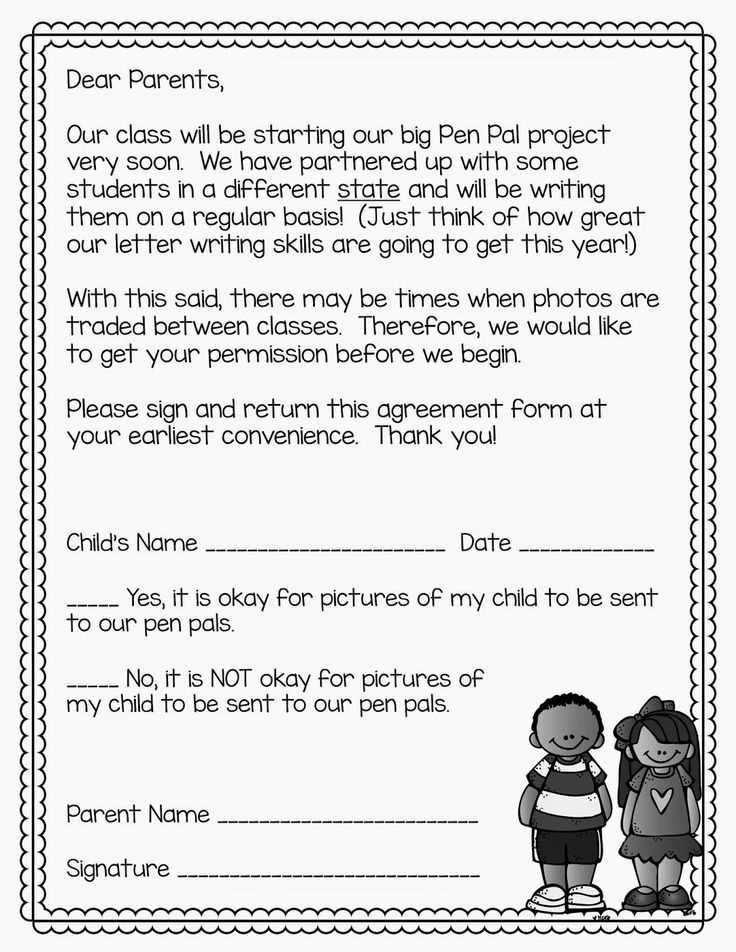
Developing strong communication skills from an early age plays a key role in a child’s growth. Introducing the concept of exchanging messages can be a fun and educational experience for young minds. It helps build creativity, fosters social connections, and improves writing abilities.
By offering children the opportunity to create and receive written notes, educators can encourage a love for writing while enhancing their understanding of how to express thoughts clearly. This process encourages them to think creatively about how to connect with others and share their ideas.
Creating written exchanges is an exciting way to support literacy development. It allows kids to explore new ways to communicate, all while engaging with different themes and ideas. The excitement of connecting with others through written words is something that can spark imagination and build lasting skills.
In this guide, we will explore how to help young learners craft their own written messages, providing simple suggestions and activities to make the process enjoyable and effective for all involved.
Creating a Simple Writing Structure for Children
Introducing children to the process of writing and exchanging messages can be an exciting way to boost their communication and literacy skills. A simple structure that guides young learners in composing their notes allows them to express themselves clearly and confidently. A basic framework helps students focus on the key elements of written exchanges, promoting creativity while making the task approachable and fun.
Key Elements of a Basic Message
When helping young students compose their notes, it’s essential to keep the structure simple and easy to follow. A clear beginning, middle, and end can help guide the writer and ensure their message is communicated effectively. Here is a basic outline:
| Part | Purpose |
|---|---|
| Greeting | Opening the communication with a friendly tone |
| Introduction | Introducing oneself or sharing basic information |
| Main Message | Sharing thoughts, feelings, or experiences |
| Closing | Ending the message with a friendly note or sign-off |
Encouraging Creativity in Writing
While providing structure, it’s also important to allow students room to get creative with their exchanges. Encourage them to ask questions, share fun facts, or draw pictures to enhance their written communications. This not only makes the activity enjoyable but also helps to develop their storytelling skills.
How Pen Pals Help Kindergarten Kids
Exchanging written messages offers young children a unique opportunity to build their communication skills while fostering meaningful connections with others. This activity not only sparks creativity but also encourages children to develop empathy and social awareness. Through writing, kids can learn how to express their thoughts and feelings, which is an essential skill for both academic and personal growth.
Improving Literacy and Writing Skills
Engaging in regular communication through written forms can significantly enhance literacy skills in young learners. As children practice forming sentences, using punctuation, and constructing clear thoughts, they become more confident in their ability to write. This process also strengthens their vocabulary and understanding of grammar, laying the foundation for stronger reading and writing abilities as they grow.
Building Social Skills and Empathy
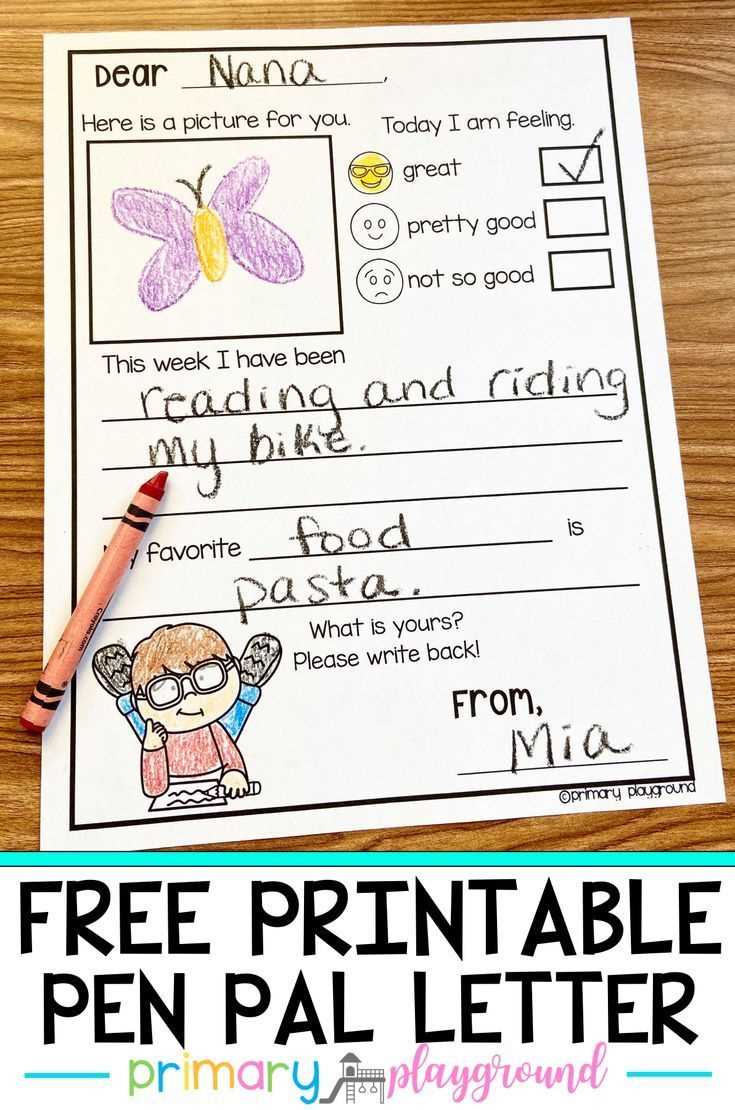
While writing notes, young children learn to consider the feelings and thoughts of others, which helps build their emotional intelligence. They become more aware of how to initiate and maintain conversations, which is vital for social development. The act of responding to someone’s message also teaches them the importance of listening and reciprocating, key aspects of successful social interactions.
Basic Format for Writing Messages
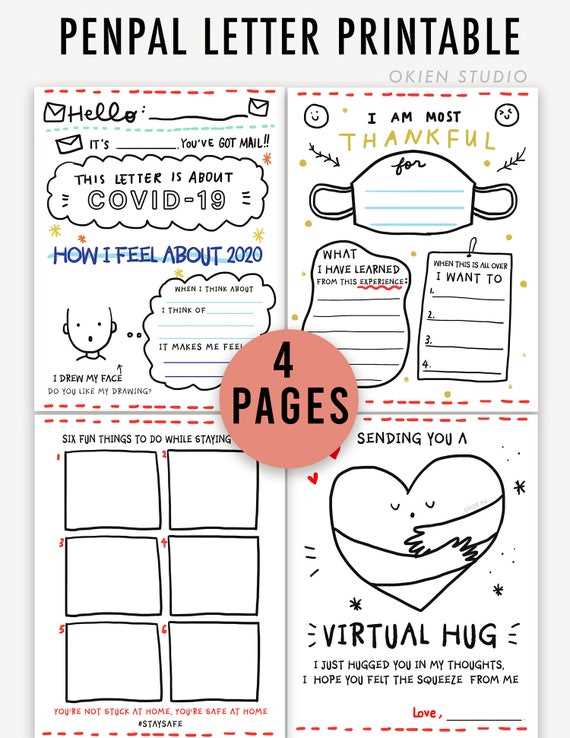
When teaching young learners how to write and send messages, it’s essential to introduce a simple structure that helps them organize their thoughts clearly. A basic format ensures that their written communication is easy to follow and understand. By breaking down the components of a message, children can focus on expressing their ideas in a clear and concise way.
Essential Parts of a Message
The structure of a message can be broken down into several key sections. Each part serves a distinct purpose in helping the writer organize their ideas and communicate effectively:
- Greeting: A friendly introduction to the recipient, setting a positive tone for the message.
- Introduction: A simple way for the writer to introduce themselves or give context to the message.
- Main Body: The core of the message, where the writer shares their ideas, experiences, or questions.
- Closing: A friendly way to wrap up the message, often including a sign-off or well wishes.
Organizing Ideas for Clarity
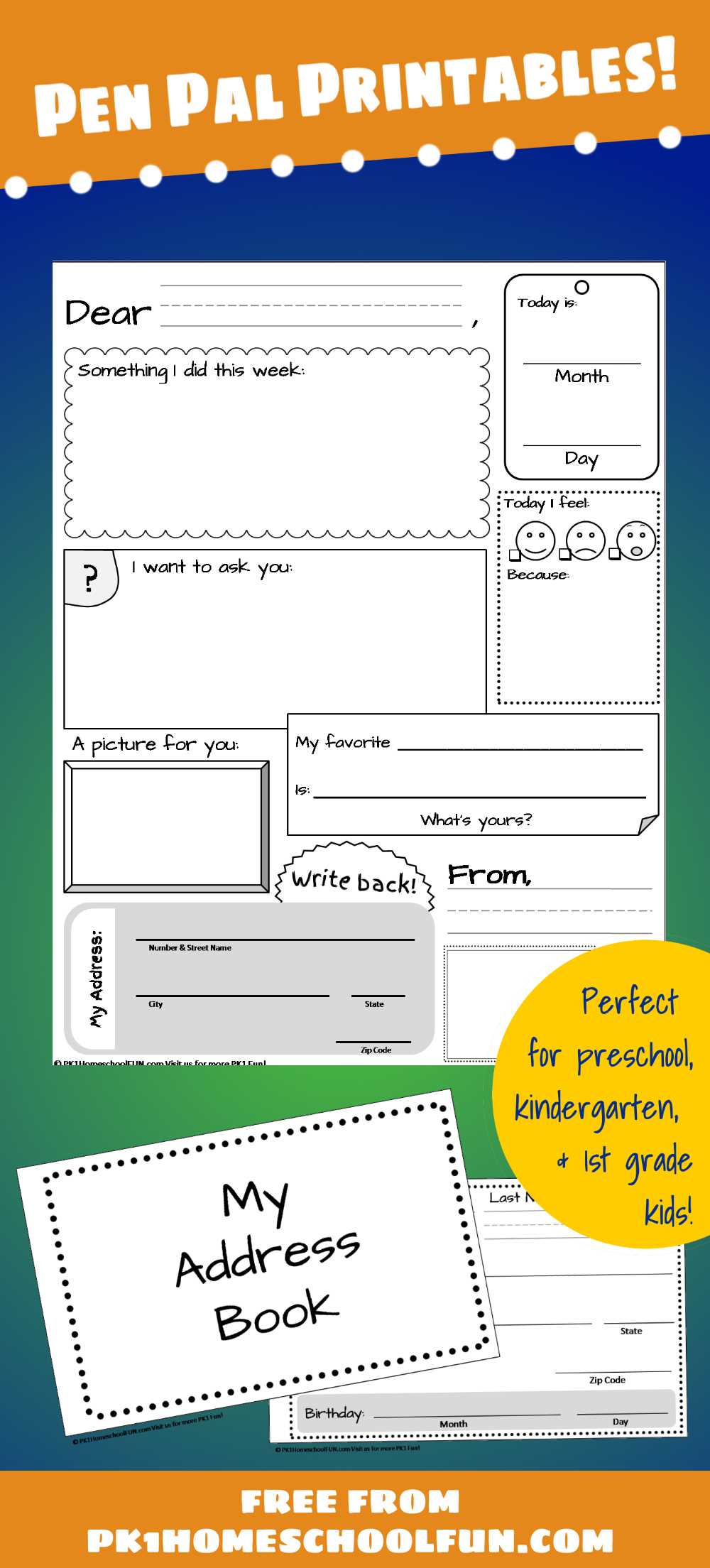
Encourage students to focus on one idea at a time within each section. This approach helps them avoid confusion and makes the writing process more manageable. Using bullet points or short sentences can also make it easier for young learners to structure their thoughts and stay organized.
Fun Ways to Begin a Message
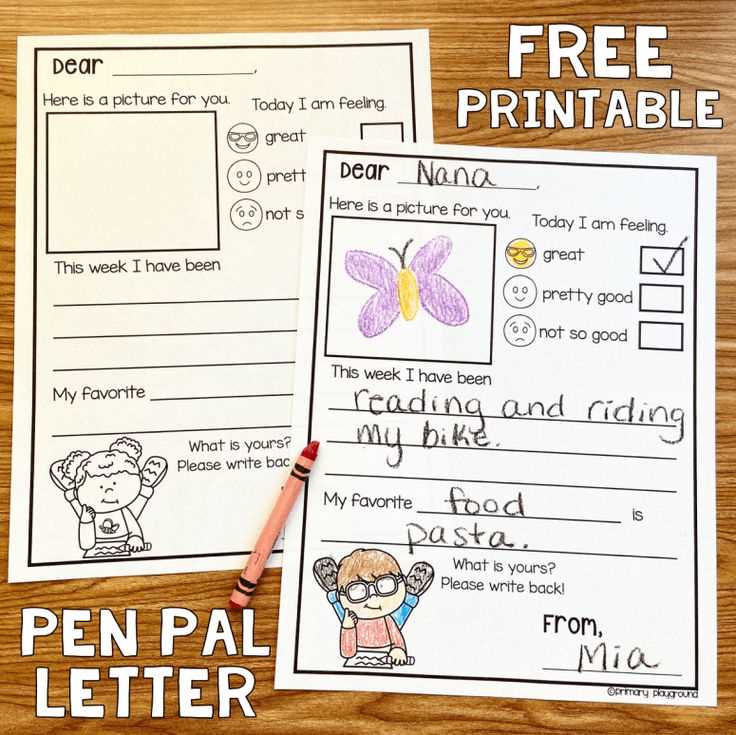
Starting a written communication can sometimes be tricky for young learners, but with a little creativity, it becomes an exciting and enjoyable task. Encouraging children to begin their messages with fun and engaging openings helps capture their interest and sets a positive tone for the rest of their writing. A lively start sparks curiosity and makes the entire process feel like an adventure.
Here are some playful and imaginative ways to kick off a message:
- Ask a Fun Question: Start with something intriguing to grab attention, like “What is your favorite color?” or “Do you like animals?”
- Use a Friendly Greeting: Phrases like “Hello there!” or “Hi, friend!” can make the message feel warm and welcoming.
- Start with a Fun Fact: Share a surprising or funny fact, such as “Did you know that cats can sleep for 16 hours a day?”
- Tell a Short Story: Open with a quick anecdote, like “Yesterday, I saw a rainbow!”
These exciting openings encourage creativity and make the process of writing more engaging for young learners. By giving them the freedom to choose how they begin, students will develop a love for expressing their thoughts in writing.
Typical Errors to Avoid in Writing
When young learners begin to write messages, they often make certain mistakes that can hinder their communication. Recognizing these errors early on and offering gentle guidance can help children improve their writing skills. By focusing on common mistakes, children can become more confident and effective communicators.
Here are some typical errors to watch out for when children are learning to write:
- Missing Punctuation: Forgetting to use periods, question marks, or exclamation marks can make it difficult to understand where one thought ends and another begins.
- Inconsistent Spelling: Spelling errors can confuse readers, but they are a natural part of the learning process. Encouraging children to check their work for spelling mistakes can improve clarity.
- Not Using Capital Letters Properly: Capitalizing the first word of a sentence and proper nouns is an important skill. Encourage children to use uppercase letters in the right places.
- Overuse of Simple Sentences: While simple sentences are important for beginners, encourage children to combine ideas and try using different sentence structures for variety.
- Skipping Spaces Between Words: Forgetting to leave spaces between words can make the message hard to read. Teach students the importance of spacing for legibility.
By guiding children through these common pitfalls, you can help them become more confident and effective writers, making their communication clear and enjoyable to read.
Encouraging Kids to Reply
Getting children excited about responding to messages is a crucial step in building effective communication skills. Encouraging kids to reply helps them practice expressing their thoughts while fostering a sense of connection and interaction. By creating an environment where replying feels natural and enjoyable, children will feel more motivated to engage and develop their writing abilities.
Here are some strategies to encourage kids to respond:
- Ask Engaging Questions: Including fun and thought-provoking questions in messages invites children to share their answers and start conversations.
- Offer Positive Reinforcement: Praise children for their responses, even if they’re simple. Positive feedback motivates them to continue replying and improves their confidence.
- Be Patient: Give kids enough time to think and respond. Avoid rushing them, as this can create pressure and make the process less enjoyable.
- Make It Fun: Add games, drawing prompts, or creative tasks to replies. Fun elements make children look forward to replying, rather than seeing it as a chore.
- Personalize the Message: Children are more likely to respond if they feel the message is specifically directed at them. Use their name and reference things they like to make the interaction more engaging.
By making the act of replying enjoyable and rewarding, you’ll help children develop a positive attitude toward communication and writing.
Engaging Activities with Letter Writing
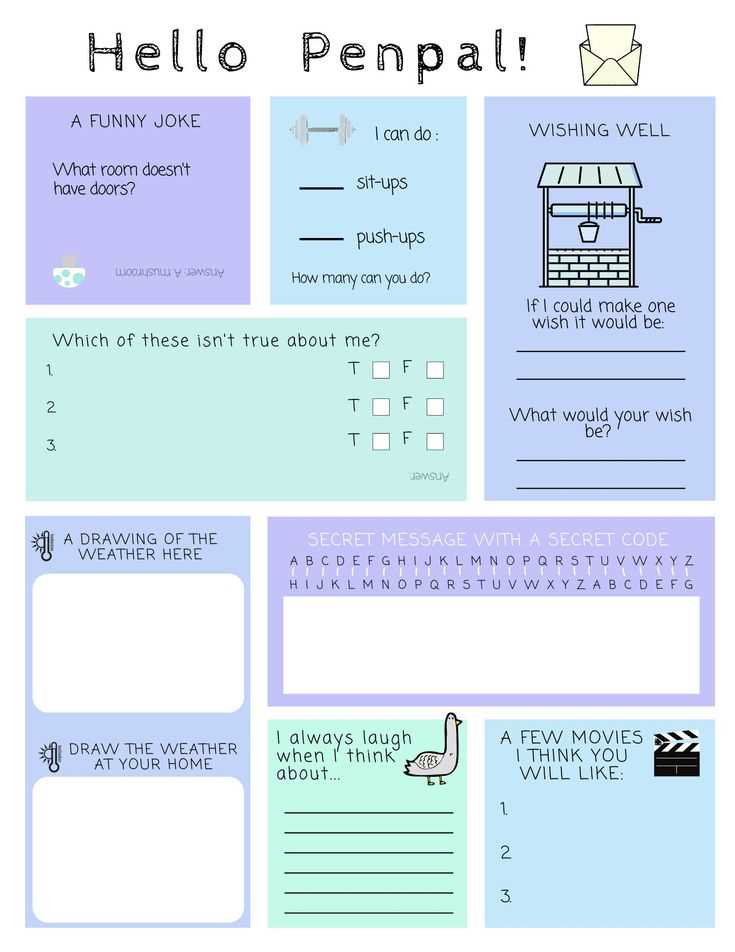
Writing can become even more enjoyable for young learners when it is paired with creative and interactive activities. By incorporating fun tasks alongside their written messages, children can engage their imagination, practice new skills, and develop a deeper understanding of communication. These activities can turn the writing process into an exciting adventure rather than just a learning task.
Here are some activities to make writing more engaging:
- Drawing Illustrations: Encourage children to add drawings that complement their words. Whether it’s a picture of a pet, favorite toy, or a scene from a story, visuals help children express themselves more fully.
- Storytelling through Writing: Have kids create simple stories within their messages. This can spark creativity and give them a chance to build narrative skills while practicing writing.
- Word Hunts: Before starting to write, give children a list of specific words to find in their surroundings and incorporate into their message. This turns writing into a scavenger hunt and encourages word exploration.
- Rhyming Challenges: Make writing fun by asking kids to write a message that includes rhyming words. This activity builds language skills and makes the task playful.
- Creating a Secret Code: Teach children a simple code or cipher to write their messages in. This adds an element of mystery and makes writing more exciting.
By making writing more interactive and enjoyable, kids are more likely to develop a passion for communicating through words. These activities help build both writing skills and a love for creative expression.